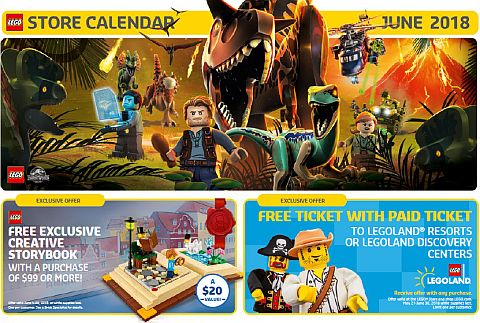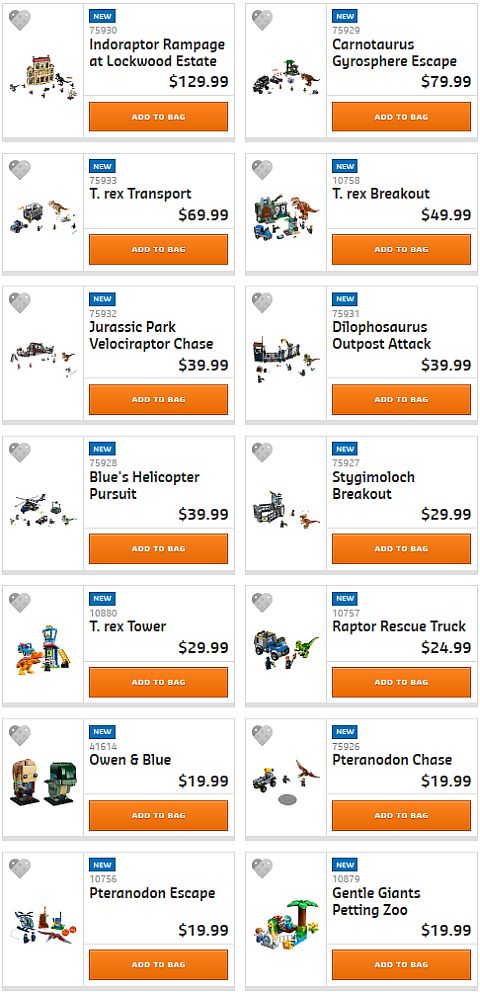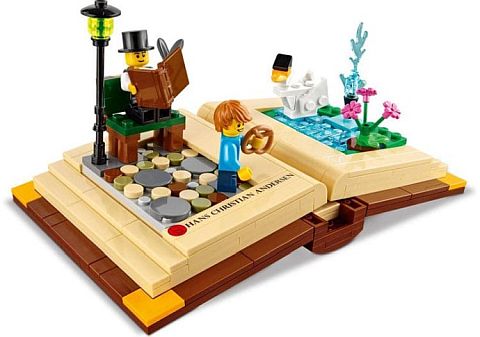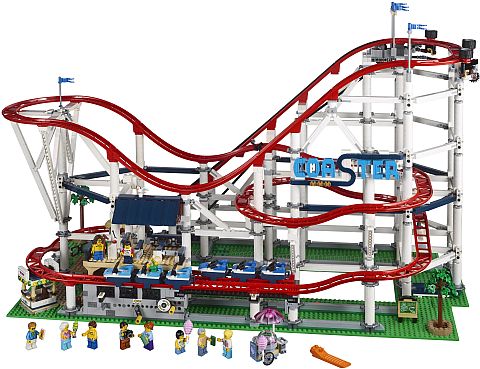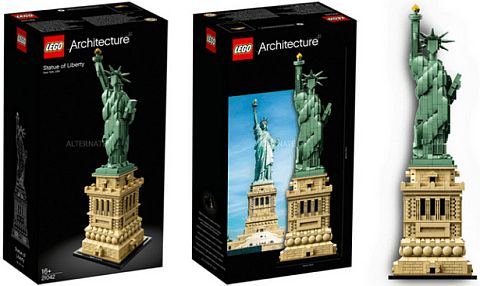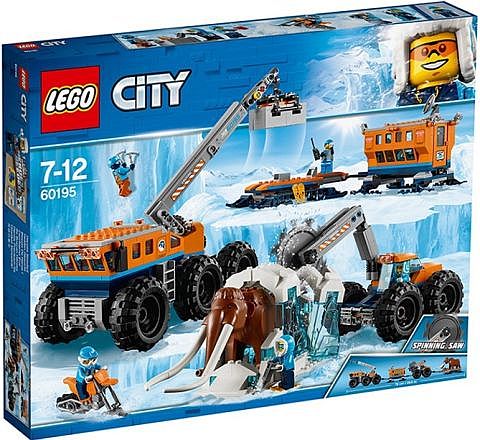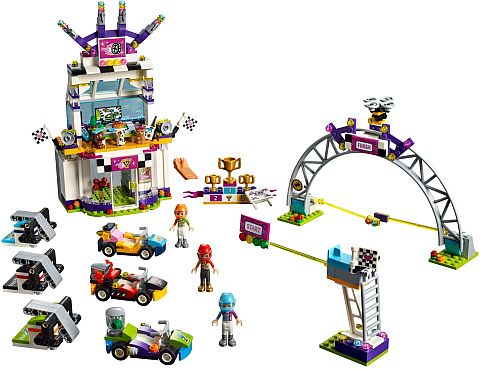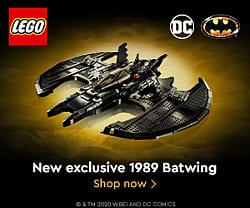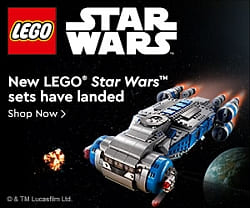A couple of days ago, LEGO unveiled the long awaited #42083 LEGO Technic: Bugatti Chiron, the latest in the large LEGO Technic sport cars series. The press-release came quite late as the set is already available at official LEGO stores and the Online LEGO Shop, but I thought to share it anyway so we can talk about it. 🙂

I would have never guessed that LEGO would tackle the Bugatti Chiron, as the car is all about curves. Creating a vehicle like this out of LEGO bricks requires tremendous skill, bravery, and believing in your abilities as a LEGO designer. And yet, LEGO released not one, but two versions of the Bugatti Chiron. Last year, we got the #75878 LEGO Speed Champions Bugatti Chiron (see below), which – although a small minifig-scale car – is instantly recognizable. Although some of the most difficult shaping details were achieved by using stickers, it is still very impressive that LEGO designers could make a recognizable model in such a small scale.
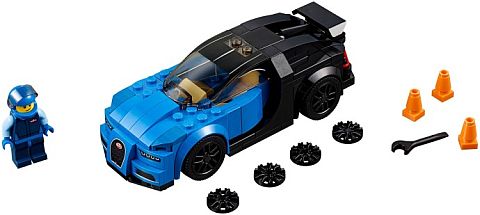
And now, we got the #42083 LEGO Technic: Bugatti Chiron, which is not just about recreating the shape of the vehicle, but also making the internal mechanism as realistic as possible. Below are some excerpts from the press-release, along with pictures and video-footage, which was all published on June 1st to coincide with the official reveal of the set.


The LEGO Technic Bugatti Chiron model brings together the iconic design heritage of the French ultra-luxury car brand and LEGO Technic elements, with a reimagined version of the latest cutting-edge super car from Molsheim. The new model was unveiled at LEGO House at the company’s headquarters in Billund by Niels B. Christiansen, CEO of the LEGO Group, and Bugatti President Stephan Winkelmann. The model encapsulates the magic, power and elegance of the Chiron, unveiled to the world two years ago and now brought to life in LEGO Technic form, offering a unique, authentic building experience for car enthusiasts and LEGO fans of all ages.
Niels B. Christiansen, CEO of the LEGO Group said: “I am very excited about this new model. Our LEGO designers have done an amazing job capturing the details of this iconic Bugatti design. It truly stands as testament that with LEGO bricks you can build anything you can imagine, and an example that with LEGO Technic, you can build for real. It’s a huge model that I can’t wait to start building myself. I’ve always been passionate about engineering and this model’s details and design are truly fascinating.”
Stephan Winkelmann, President of Bugatti Automobiles S.A.S.: “Thanks to their proven design and technology expertise, the LEGO Group and Bugatti are the epitomes of their brand segments. The LEGO Technic model of the Bugatti Chiron is an expression of this perfect relationship. I am impressed at the precision and refinement with which our super sports car has been translated into the LEGO world and I am sure that fans of both LEGO bricks and Bugatti will love this product.”

The official description of the set includes some additional information: Discover the Bugatti Chiron! Build, experience and display this quintessential super sports car, featuring aerodynamic bodywork with an active rear wing, spoked rims with low-profile tires, and a detailed cockpit with movable paddle gearshift. Celebrate innovative engineering and design from one of the world’s most prestigious car manufacturers with this magnificent #42083 LEGO Technic Bugatti Chiron model. Developed in partnership with Bugatti, the model captures the magic of the iconic supercar with its gleaming aerodynamic bodywork, logoed spoked rims with low profile tires, detailed brake discs and W16 engine with moving pistons. Open the doors and you’ll discover an elaborate cockpit, featuring a Technic 8-speed gearbox with movable paddle gearshift and a steering wheel bearing the Bugatti emblem. Insert the top speed key to switch the active rear wing from handling to top speed position or lift the hood to reveal a unique serial number and a storage compartment containing a stylish Bugatti overnight bag. A classic Bugatti duo-tone blue color scheme reflects the brand’s signature color, and a set of cool stickers for additional detailing adds the final touch to this exclusive model! The set is delivered in luxurious box packaging and includes a color collector’s booklet with comprehensive building instructions.

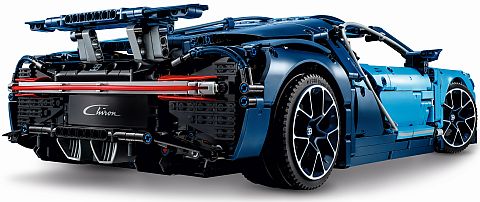

- Exclusive 1:8 scale LEGO Bugatti Chiron replica model with a wealth of luxurious features, including aerodynamic bodywork with an active rear wing, spoked rims with low-profile tires, detailed brake discs and a W16 engine with moving pistons.
- Open the doors to access the detailed cockpit featuring a LEGO Technic 8-speed gearbox with movable paddle gearshift and a steering wheel bearing the Bugatti emblem.
- Insert the top speed key to switch the active rear wing from handling to top speed position.
- Lift the hood to access a compact storage compartment containing a stylish Bugatti overnight bag.
- Check out the detailed W16 engine with moving pistons.
- Includes a unique serial number located beneath the hood.
- Comes with a classic Bugatti duo-tone blue color scheme that reflects the brand’s signature color, plus a set of cool stickers for additional detailing.
- Delivered in luxurious box packaging.
- Includes a color collector’s booklet with comprehensive building instructions.
- This LEGO Technic model is designed to provide an immersive and rewarding building experience.
- Bugatti Chiron measures over 5” (14cm) high, 22” (56cm) long and 9” (25cm) wide.
- 3,599 pieces.
- Recommended for Age 16+.
As you can see, The #42083 LEGO Technic Bugatti Chiron is packed and presented similarly as the previously released #42056 LEGO Technic Porsche 911 GT3 RS. Both models are sophisticated and beautiful and some of the best sets the LEGO Technic line offers. It is perfect for those who like to collect LEGO sport cars and are intrigued by not just the shape but the mechanical details of a model.
The #42083 LEGO Technic Bugatti Chiron is already available at official LEGO stores and the LEGO Technic section of the Online LEGO Shop, and will be available at other retailers on August 1st. Prices are as follows: USA 349.99USD – Canada $399.99CAD – Australia 599.99AUD – UK 329.99GBD – France 379.99EUR – Germany 369.99EUR – Denmark 3199DKK (Euro pricing varies by country). Visit the Online LEGO Shop.
What do you think? How do you like the #42083 LEGO Technic Bugatti Chiron? Is this a model you are interested to get? What features do you like and/or dislike the most? Feel free to share your thoughts and discuss in the comment section below! 😉
And you might also like to check out the following related posts:


